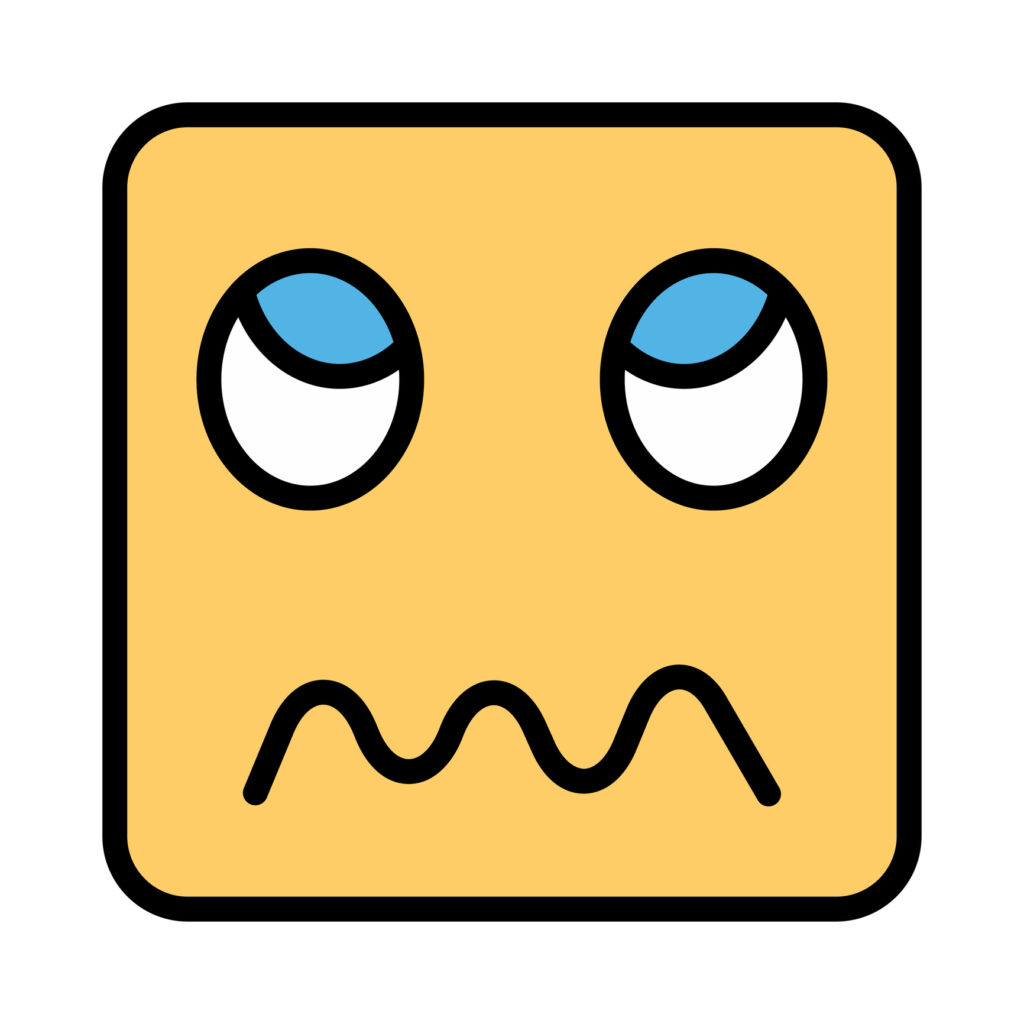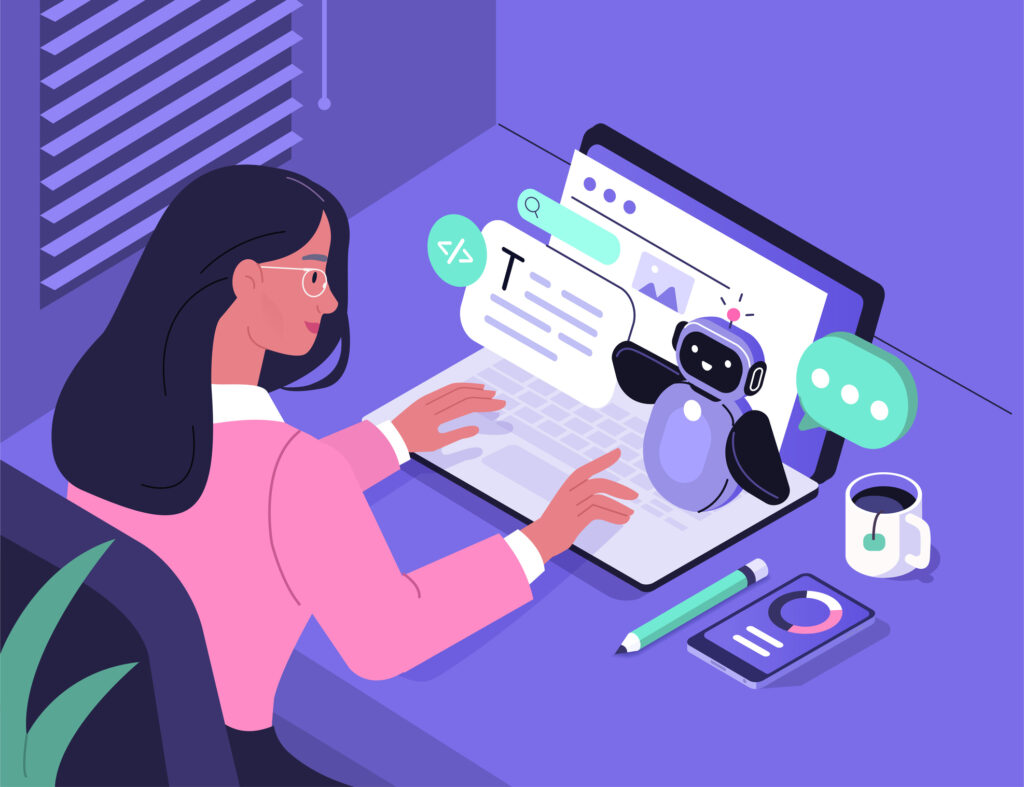Bamboozled by tech terms? Here’s the essential glossary…
Here, Lawbore journalist Vincent Chan puts together ‘Legal tech for tech lawyers – a Glossary’ to help you get your head round the essential terms.
The legal profession is changing. Where once a law graduate’s choices may have been restricted to finding a job in one of the city law firms or the big four, increasingly law graduates are able to turn to the tech sector where the skills that you have honed during the course of studying law are highly valued.
In my experience the technology sector has been an area of strong growth, and continues to attract investment. Moreover, the technology sector could be considered more accessible than the legal industry, with a more progressive and fast-paced outlook, where law firms may be seen to be more conservative in their outlook and the way they are organised.

Given that many of us here at City Law School may indeed go on to careers in the legal tech industry, here is the first in what I’m hoping will be a series of articles aimed at demystifying what legal tech is. So, If working 100 hours a week on your training contract applications in order to win the prize of working 120 hours a week billable as a NQ, or applying against a googolplex of candidates per pupillage spot doesn’t appeal to you, then read on.
So now I have your attention, perhaps you’re thinking “Ok boomer, I know my tik toks from my tide pod challenges, and I also know that ‘X’ used to be called twitter a million years ago”. To you, kind reader, I can only say that for what I lack in social media savvy, I make up for my 10 years of experience as a software engineer, so I think I can still share a thing or two about the technology industry with you; and I’m a millennial, not a boomer. (I also know that both of those references are from over 5 years ago).
I thought a “glossary” of 10 terms from the technology sector might be a light way to begin. There is no particular theme to this list, just a starter for 10!
1. Large Language Model (LLM)
A large language model refers to ChatGPT/Gemini/DeepSeek and other similar products that burst onto the scene in 2024. They are fundamentally probabilistic models which generate output based on the patterns derived from vast amounts of training data.
The possibilities appear to be endless with LLMs, and many companies are working overtime now to find a way to monetise them for their customers. Some people think that this might be the first step towards true “Artificial General Intelligence”, which is more like the 1980’s sci-fi version of AI.
2. Hallucination (in the context of LLMs)
Refers to the tendency of LLM-generated outputs to create false data that matches the pattern of real data. This is one of the challenges in creating viable products based on LLMs. The main LLM providers target hallucinations aggressively as a key feature of their iterative improvements.
3. Prompt Engineering

At the time of writing, this is a term of art that refers to someone whose role is to write prompts for an LLM based product. The goal will be to tailor the output to match a desired style. In my experience many people with legal training who find themselves working in tech find themselves doing “prompt engineering”.
It is a new role that is pseudo-technical, and I’m sure will be very dynamic, as the LLM products are changing rapidly.
4. Back-end and Front-end
The “front-end” refers to the visible component of a piece of software, generally a graphical user interface (eg. a web page or an app on your phone).
The “back-end” refers to the component that interacts with the front-end, usually for the purpose of storing data, like user accounts, order history or settings. The back-end will typically sit on a server, while the front-end will be downloaded onto your device.
5. Database
In layman’s terms this is any software that is used for storing data. In software engineering a “database” is typically one which allows storing data in a tabular format and optimised for high-performance and data consistency.
Other data-storage products have emerged which don’t follow these characteristics and in a modern software application data will be stored in different systems depending on the type of data and what it is used for.
6. Linux
A ubiquitous and free operating system originally created by Linus Torvalds in 1991. Rarely visible in the context of consumer products but extremely common in commercial applications.
Nearly all electronic devices that purport to have “smart” capabilities (eg. smart TV’s, smart phones – except the iPhone, smart washing machines) will run a modified version of this operating system, as well as nearly all servers that power the modern internet.
7. Seed, Series A, B etc.

Terms used informally to refer to the stage of fund-raising that a company is at. Generally companies will begin with “angel investors” who will give the founders some money to create their product, then they will raise a “seed” round. In the seed round you would expect a few million to be raised to build the first team of a few dozen staff. After this comes the alphabetized “rounds”.
At each stage the company’s leadership will look to inject money into the organisation and give away shares in exchange. The high cost of developing software and marketing a product means that this is the typical way in which technology companies will begin; Taking on capital to build their product before the product is able to start making money for them (if it ever does).
8. Proof of Concept (PoC)
A stage in the sales cycle where the client will evaluate the product performing some tasks similar to the intended real-world usage. Usually prepared for the client by the sales team of the seller, and may involve working with the client’s teams and on their actual data.
9. Business to Business (B2B)
B2B means selling your products to other companies, and in the technology industry this usually means large, traditional and entrenched companies like banks, insurance companies, law firms or the big 4 consulting companies, mainly because those companies will have the budget to spend on software products.
While not limited to the technology industry, the vast majority of technology companies will be B2B, due to the fact that many consumers rarely have the need to use technology to process large amounts of data, which is the baseline offering of many technology companies.
10. Partnership
A term used when 2 companies enter into a contractual relationship to approach potential customers with a combined product offering. Typically one product will sit “behind” the other to provide some capability the other product lacks.
Partnerships can exist in all sorts of variations, but the key is that the two companies ought to be in some kind of mutually beneficial commercial relationship.

Thanks to Vincent Chan for this excellent start to a new series. Hopefully this might prompt some of you to look more into tech-related crossover with law! Keep an eye on the Lawbore Events Calendar, for tech events coming up…
Before doing his GDL at City, Vince worked for over 10 years as a software engineer in the financial services industry. Lawbore is excited about having Vince on the journalist team this year and exploiting his tech knowledge.
